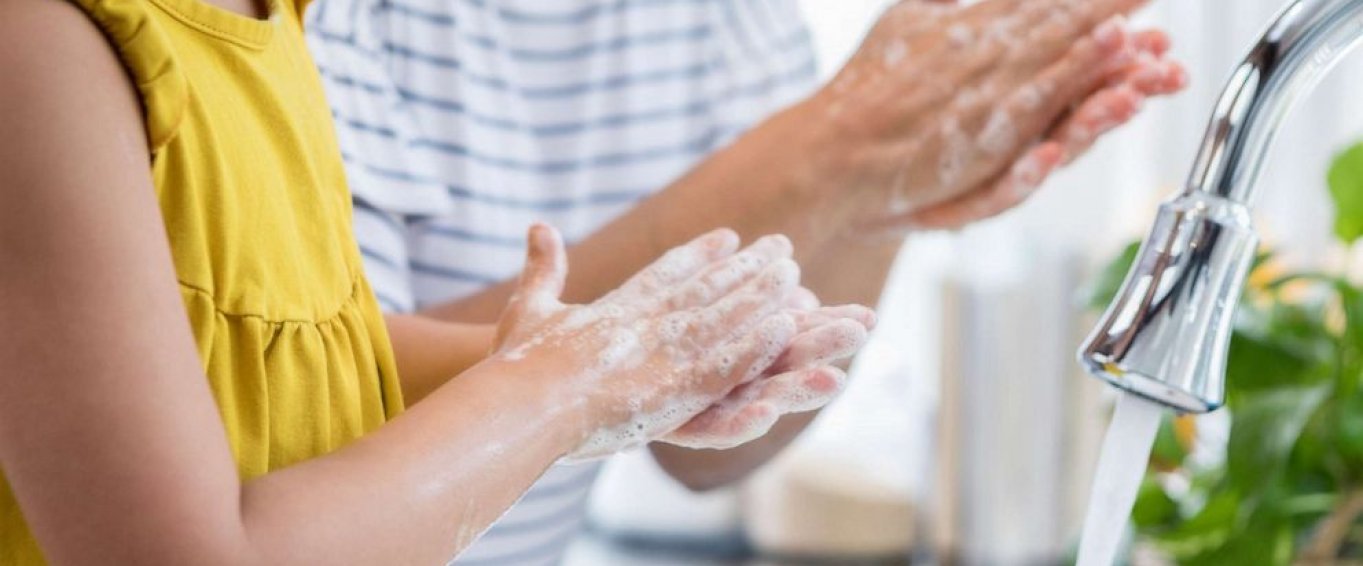Hand Hygiene for Kids – How to Wash Your Hands

Hand hygiene is an important part of living a healthy, sickness free life. It's just easy to forget until there's an epidemic spreading around the globe. 'Cause let's face it, if coronavirus has taught us anything, it's that we don't wash our hands enough. We're all guilty of it, so let's start afresh. And learn how to do things properly.
There is a correct way to wash hands to prevent the spread of infectious viruses like Covid-19. If you haven't already, now is the time to make this technique a part of your health and wellbeing curriculum...and your everyday hygiene routines. There are no excuses now. We know the consequences.
First, let's take a serious look at how children are being affected by the coronavirus.
Low Risk Patients, High Risk Carriers
Coronavirus transmission among children is unusually low. Even in China - the most heavily infected country - the proportion of cases in children is less than 1%. The only child to have contracted the virus and died was a newborn baby with a weak immune system. With proper medical advice, there is no serious risk to children even if they do catch the virus.
What's not yet clear is whether children are high risk carriers able to withstand the virus with few symptoms while remaining highly infectious to others. This is the real reason for the school closures we've seen happening. Parents should be reassured that a closure doesn't mean pupils are in immediate danger.
It's a preventative measure to stop high risk carriers - young children who are mobile, communal and contact oriented - from unwittingly perpetuating the spread of the virus. There is no grave threat to children's health despite how the media makes you feel. Yes, it's scary. Yes, it's unprecedented. Yes, your pupils are going to be fine.
How to Wash Your Hands...in 5 Easy Steps
Forget face masks and panic buying loo roll. The medically recommended way to prevent infection is proper hand washing:
1. Wet your hands under a warm or cold tap.
2. Apply soap to the palms, backs and sides of both hands. Lather by vigorously rubbing the hands together.
3. Clean your hands by rubbing the palms, backs, sides of fingers and beneath nails. It's easiest to do this with a nail brush. If you don't have one, your fingers to rub the soap into as many areas as possible.
4. Rinse your hands under a warm or cold tap until all the soap is gone.
5. Dry your hands using a clean towel or paper napkin. Try to avoid touching your face after washing.